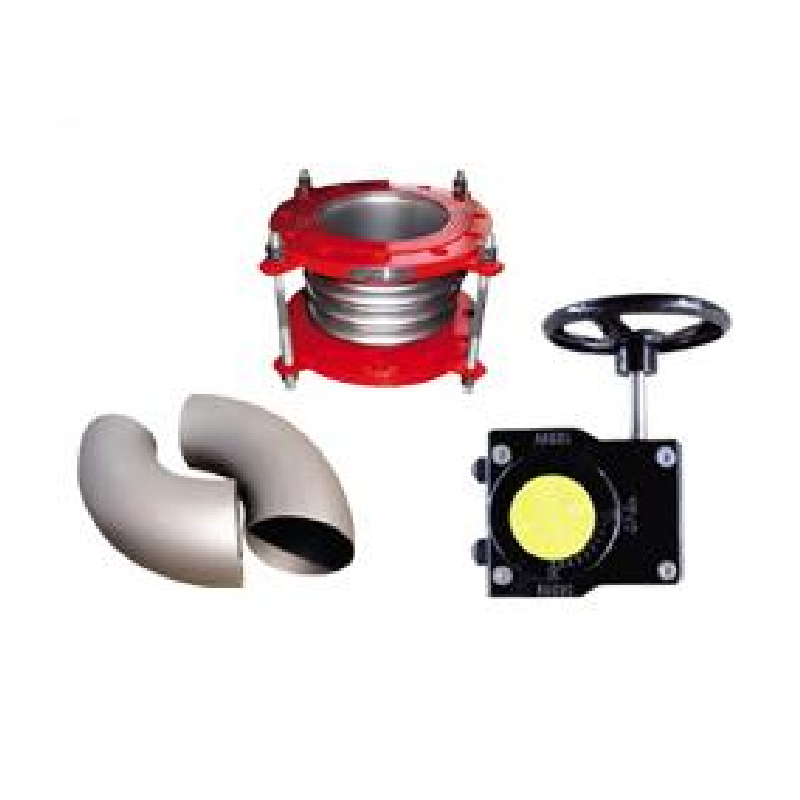Dec . 13, 2024 00:58 Back to list
sewage air release valve
Understanding Sewage Air Release Valves Essential Components for Wastewater Management
Sewage systems play a critical role in maintaining public health and environmental safety by effectively transporting wastewater away from residential and industrial areas. A crucial component within these systems is the air release valve, specifically designed to manage air pockets in sewage pipelines. This article explores the significance of sewage air release valves, their functions, and their role in efficient wastewater management.
What is a Sewage Air Release Valve?
A sewage air release valve is a mechanical device used in sewer systems to remove trapped air from pipelines. In a properly functioning sewage system, the flow of wastewater should be as continuous as possible. However, during transit, air can become trapped in the pipeline, leading to various operational issues. Air release valves help mitigate these problems by allowing entrapped air to escape, preventing it from causing blockages or hydraulic imbalances.
The Importance of Air Release Valves in Sewage Systems
1. Preventing Blockages One of the primary functions of sewage air release valves is to prevent blockages caused by compressed air pockets. When air accumulates within a sewage pipeline, it can create turbulence and inhibit the flow of wastewater. This can lead to overflows or even system failures. Air release valves allow trapped air to escape, ensuring the sewer system operates smoothly.
2. Maintaining Pressure Balance The flow of wastewater through sewage systems often generates changes in pressure. Without proper ventilation, negative pressure can impede flow, leading to potential reverse siphoning or pump cavitation. Air release valves help maintain a balanced pressure within the system, enhancing the efficiency of wastewater transport.
3. Aiding in Odor Control Sewage systems can produce unpleasant odors due to the decomposition of organic matter. Air release valves can help manage these odors by venting gases that accumulate in the pipelines. By allowing these gases to escape, air release valves contribute to a more pleasant environment around sewer systems.
4. Reducing Corrosion and Damage The presence of air in sewage pipelines can lead to the formation of corrosive acids, which can damage the infrastructure over time. By venting out trapped air, air release valves help minimize the risk of corrosion, thereby extending the life of sewer systems and reducing maintenance costs.
sewage air release valve

Types of Air Release Valves
There are several types of air release valves used in sewage systems, each designed for specific applications
1. Automatic Air Release Valves These valves operate automatically, opening and closing based on the pressure changes within the pipeline. They are efficient for handling varying flow rates and are commonly used in larger sewage systems.
2. Manual Air Release Valves As the name suggests, these valves require manual operation to release air. They are typically used in smaller systems or specific areas where monitoring is necessary.
3. Combination Valves These valves combine the functions of air release and air vacuum valves in one unit. They facilitate both the discharge of air and the intake of air when negative pressure conditions occur.
Installation and Maintenance Considerations
Effective installation and maintenance of sewage air release valves are critical for their operation. Proper placement is essential; they must be strategically located at high points in the pipeline to ensure optimal airflow and prevent air blockage. Regular inspection and maintenance are equally important, as debris and corrosion can impact valve performance.
Conclusion
Sewage air release valves are a vital yet often overlooked component of wastewater management systems. By facilitating the release of trapped air, these valves help maintain a smooth flow of wastewater, prevent blockages, and extend the lifespan of sewer infrastructure. Understanding their importance can lead to better design, installation, and maintenance practices, contributing to more effective and efficient sewage management systems worldwide. As urban areas continue to grow and develop, the significance of these valves will only increase, highlighting the need for ongoing innovation and research in sewage management technology.
Share
-
Reliable Wafer Type Butterfly Valves for Every IndustryNewsJul.25,2025
-
Reliable Flow Control Begins with the Right Ball Check ValveNewsJul.25,2025
-
Precision Flow Control Starts with Quality ValvesNewsJul.25,2025
-
Industrial Flow Control ReliabilityNewsJul.25,2025
-
Engineered for Efficiency Gate Valves That Power Industrial PerformanceNewsJul.25,2025
-
Empowering Infrastructure Through Quality ManufacturingNewsJul.25,2025